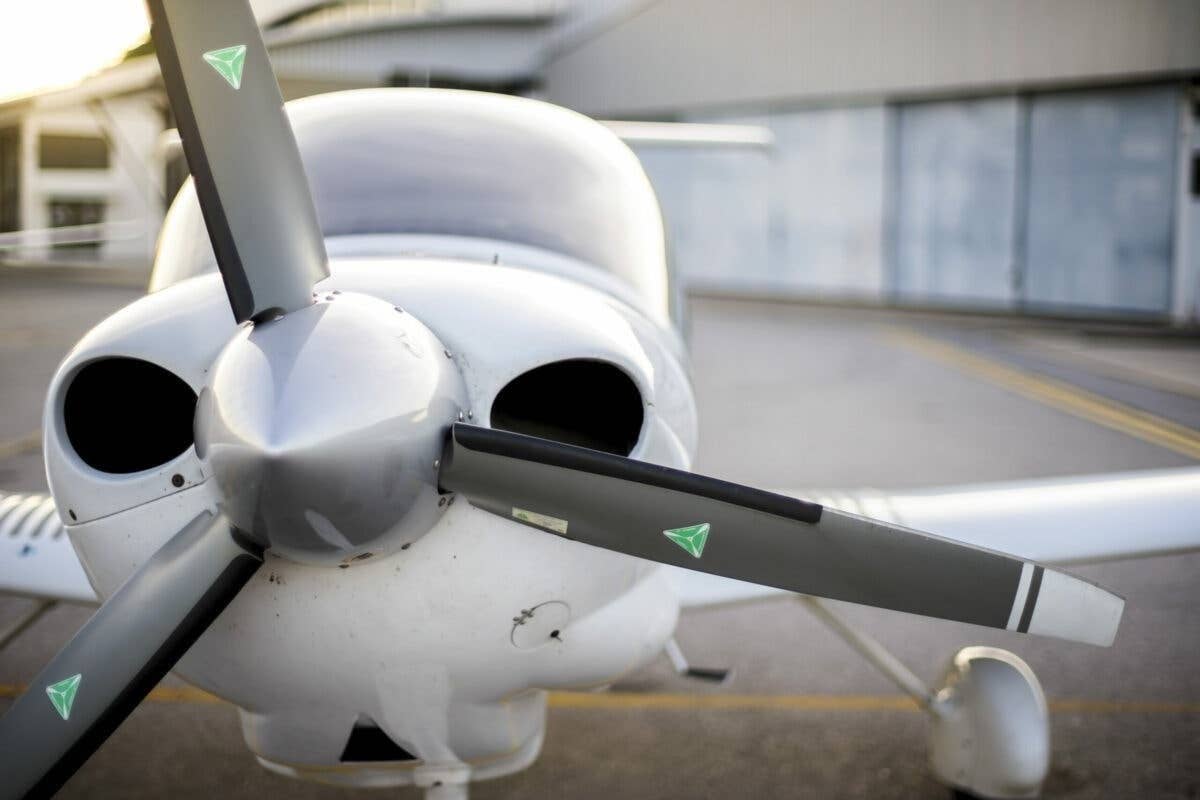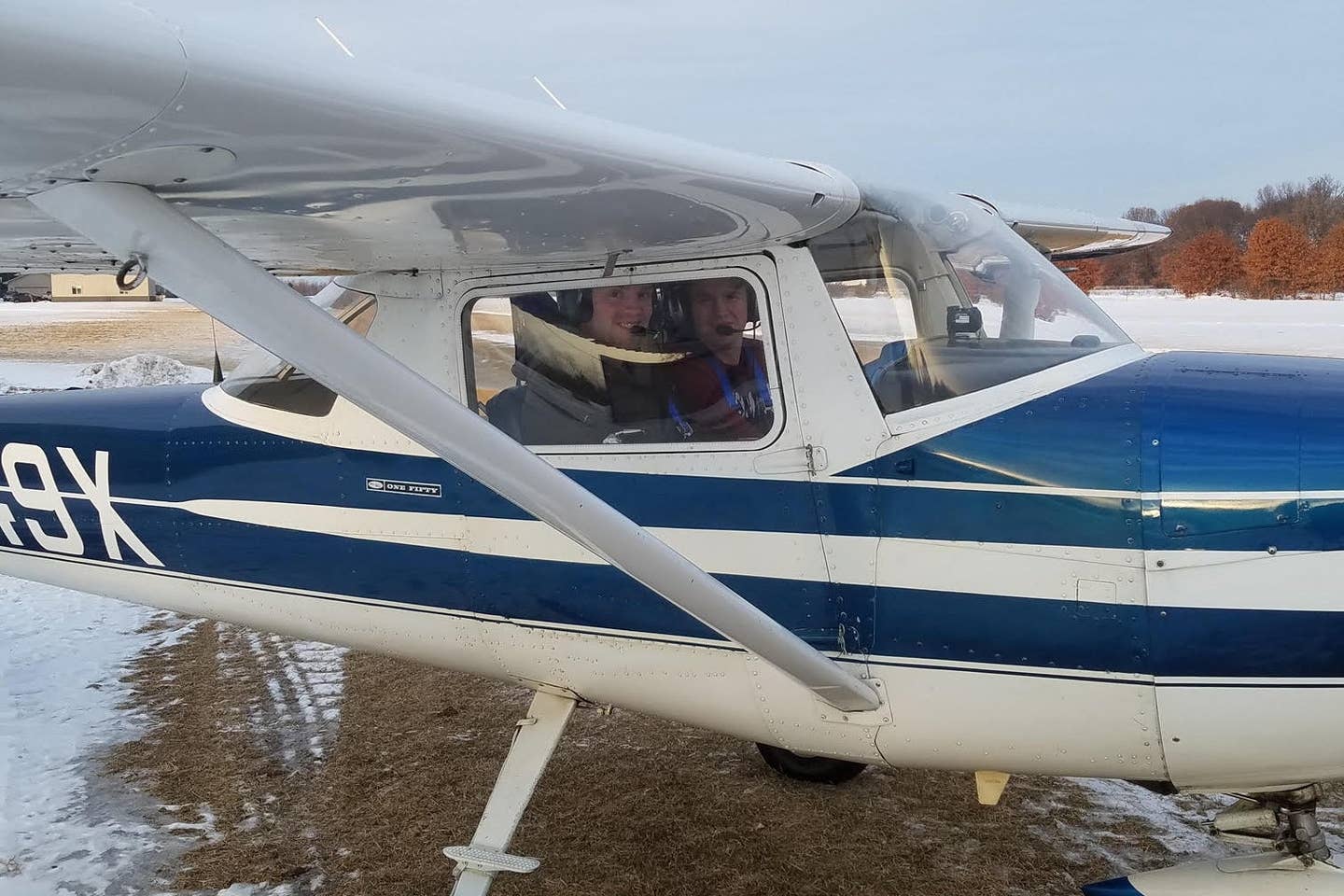
When you think about the array of flight technologies available in today’s light general aviation airplanes, it’s sometimes hard to believe we’ve come so far so fast.
From infrared enhanced-vision systems and computer-generated synthetic-vision technology to satellite downlinked weather graphics and GPS precision-approach capability, all presented on bright, colorful flat-panel cockpit displays, the instrument panel of a Cessna Skyhawk built today looks amazingly different than it did in 172s flying 10, 20, 30, 40 or (can it really be possible?) 50 years ago.
It can be fun to speculate about what other new technologies might be just over the horizon. The broader use of Fadec (full-authority digital engine controls) could soon bring autothrottle capabiliy to the light piston aircraft market. UAV makers are designing fly-by-wire systems for drones, which might one day be adopted in light airplanes. And a few avionics makers are exploring ways of reducing the size of head-up displays so they will fit on the glareshield of your airplane—or even on your head as a “wearable” HUD.
But despite all the progress we’ve made, and will certainly continue making, there is still one basic cockpit instrument that remains stubbornly out of reach for most general aviation pilots: the angle-of-attack indicator.
Angle of attack is the relationship between the wing’s chord line and the air through which the wing is moving. A wing’s chord is an imaginary line drawn between its leading and trailing edges. As all pilots know, the wing doesn’t really care about airspeed. A wing stalls because the angle of attack is too great, not because the airspeed is too low.
AOA is a fundamental aerodynamic concept that’s often pushed aside in favor of focusing on instruments we can actually look at, namely the airspeed indicator and artificial horizon. Unless your airplane has an AOA indicator, you can’t see angle of attack. But understanding what it is and why it’s important are crucial to flying safety.
Pilot operating handbooks include stall speeds, but that's only because light general aviation airplanes usually don’t carry AOA indicators. These published speeds are only accurate in 1G flight in certain configurations and at certain weights. The stalling angle of attack, on the other hand, is always the same regardless of weight or load factor. So it would seem to make sense to include an AOA indicator as part of the basic instrument six pack (or seven pack, I guess we'd have to call it).
Airliners and corporate aircraft have had angle-of-attack indicators for years. Dr. Leonard Greene invented this safety marvel, along with many other safety technologies including autothrottle, wind-shear warning and even the basic stall-warning tab. (In 1944, Greene tragically watched as a light airplane, piloted by a friend, seemingly fell out of the sky, destroying the aircraft and killing the pilot. Two years later the young engineer founded Safe Flight Instrument Corp. in White Plains, N.Y. His first patent was for a "wing-mounted lift detector." Thus, the modern stall-warning indicator was born. Every airplane since then has been equipped with some form of stall-warning indication.)
Besides the high cost, fitting a proper AOA indicating system on a light general aviation airplane poses other challenges. The prop blast can cause erroneous readings, meaning you can’t mount the sensor on the fuselage. The upwash influence of the wing presents problems, too. Amazingly, the Wright Brothers had a basic AOA indicator in the form of a protractor and string, but it worked because they used a pusher engine that eliminated the problem of propeller wash.
Over the years a few bright minds have devised systems that overcame these technological issues, but with limited commercial success. Safe Flight, in fact, used to offer one for light planes, but it never caught on with the GA masses. Another company, Alpha Systems of Ramsey, Minnesota, sells an AOA indicator that uses differential pressure measured at the pitot probe to convey instantaneous angle-of-attack information. The company says the system is accurate regardless of aircraft weight, temperature or altitude.
Because Part 23 piston airplanes are required to exhibit benign stalling characteristics, the cost-benefit equation may never favor the inclusion of such technology as standard equipment in light aircraft. But I’m sure many experienced pilots, with proper training on how to use an AOA indicator, would find such an instrument helps them get the most out of their airplane. Likewise, student pilots would probably find the whole approach and landing learning process much easier if they had a real-time instrument to work from rather than relying on the airspeed indicator and a vague notion of what they're supposed to be feeling in the seat of their pants.

Sign-up for newsletters & special offers!
Get the latest FLYING stories & special offers delivered directly to your inbox


![[PILOT AND SNELLEN CHART PIC]](https://www.flyingmag.com/uploads/2022/11/2022-FlyingMag.com-Native-Advertising-Main-Image--scaled.jpeg?auto=webp&auto=webp&optimize=high&quality=70&width=1440)



